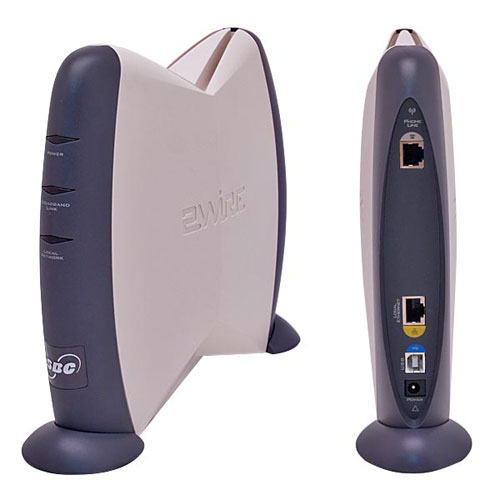Similar to the “netsh int ip reset all” command, the incantation “netsh winsock reset catalog” can work wonders for mysterious networking issues on Windows XP systems. Winsock, as we know, is short for “Windows Sockets” and describes how a Windows system should access network services. For most people, this means the port-based sockets of TCP/IP that make the Internet work for 98.42% of computer users these days (or whatever their ridiculously-large market share is). I personally first saw the term used in the 3rd-party software title “Trumpet Winsock,” which was used by many early-adopters of the Internet to hook their Windows 3.1 systems up before Windows 95 bundled winsock with the operating system.
Enough history, here’s what the command is doing:
- netsh: this is a Windows utility that allows one to display or change network settings locally or remotely. The first part of this command simply tells Windows which utility you wish to use; the rest of the command consists of arguments to this utility.
- winsock: this argument to the “netsh” utility specifies the context for the command. We want to affect the winsock implementation of the Windows system we’re running the command on, as we suspect that something spooky has been corrupted there. Another context that could have been specified here instead would be “ip.”
- reset: this argument is an instruction within the previously-specifies context and subcontext means what it says, to reset to default. An example of another instruction that could have been specified here would be “show.”
- catalog: this is an argument to the “reset” instruction telling the netsh utility what we would like to reset, specifically the winsock catalog. The winsock catalog can be thought of as a list of software that has been inserted into your TCP/IP. By resetting this listing, you are reasserting which background widgets should be handling your networking tasks.
An example winsock catalog entry would look something like the following:
Winsock Catalog Provider Entry
------------------------------------------------------
Entry Type: Base Service Provider
Description: MSAFD Tcpip [TCP/IP]
Provider ID: {E70F1AA0-AB8B-11CF-8CA3-00805F48A192}
Provider Path: %SystemRoot%system32mswsock.dll
Catalog Entry ID: 1001
Version: 2
Address Family: 2
Max Address Length: 16
Min Address Length: 16
Socket Type: 1
Protocol: 6
Protocol Chain Length: 1
Any additional information regarding when resetting the IP interface is preferrable to resetting the winsock catalog would be appreciated. I tend to just have folks do both.
*Anecdotal evidence recommends a reboot after running this, though none should be strictly necessary.

